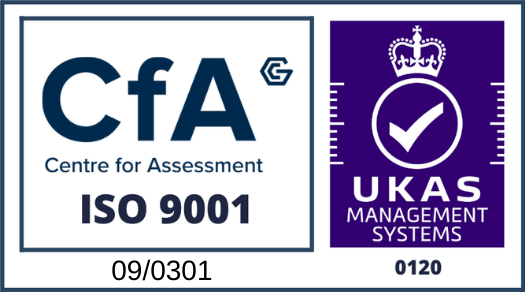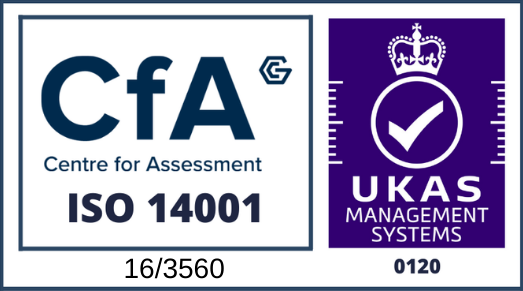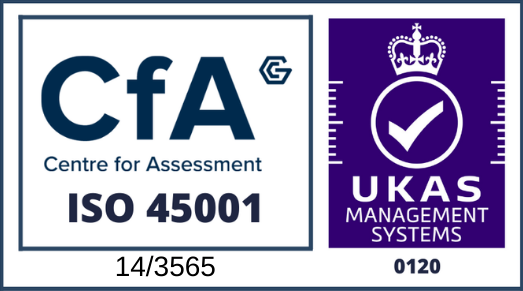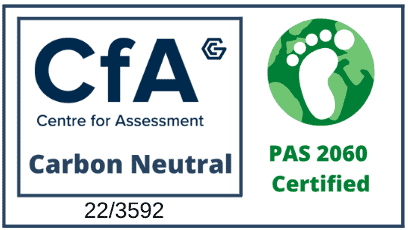When we ask ourselves, what is Business Process Improvement?, it’s important to understand the methods it consists of.
Enterprise leaders will use various techniques to get to the root of any issues in their business processes. These include data analysis, cost assessments, waste elimination, and various other multi-step methodologies. We will explain in detail below.
Six Sigma
Businesses use Six Sigma tools to help satisfy customers in the end. This method of BPI does so by reducing overall defects in the processes.
There are a couple of different Six Sigma tools; namely, there are DMADV and DMAIC. Each of these acronyms represents a multi-step method. They work to analyse, design, and improve the company’s processes.
DMADV – The point of DMADV is to create a high-quality product that pleases the customer(s). It works by doing the following:
- Defining – defining the goals of the project and the customer’s needs
- Measuring – collecting and recording data regarding what the customer sees as a quality product (by using a CTQ – Critical to Quality Tree)
- Analysing – determining what’s necessary to design the quality product
- Designing – designing and documenting the manufacturing in detail
- Verifying – verifying the customer’s needs and presenting the newly outlined process
DMAIC – The point of DMAIC is to identify and solve problems. It works by:
- Defining – defining the problem
- Measuring – measuring CTQ and data
- Analysing – analysing data with GAP analysis (finding the cause of the problem to understand the gap between the current and future state of the business)
- Improving – testing a solution to the problem that is cost-effective and beneficial
- Controlling – put into effect the solutions that worked in the test
Learn more about Six Sigma here.
Process Mapping
Process mapping is a process of improving data analysis via diagram tools like flow charts, value stream mapping, and BPMN. BPMN (Business Process Modeling Notation) is a specific flow chart that maps all of the steps in a business process. It maps the company’s activities in detail.
Lean Manufacturing
Lean manufacturing, as it suggests, is to slim down the company’s process in a sense. It does this by working to eliminate waste of inventory, defects, overproduction, transport, motion, waiting, and over-processing.
One specific type of lean tool is PDCA (plan, do, check, act). It’s a problem-solving method aimed to reduce waste in the most efficient ways possible.
SIPOC
In BPI, SIPOC Analysis stands for Suppliers, Inputs, Processes, Outputs, and Customers. It’s a type of diagram used to document business processes and problem solve them.
You use this technique to identify the specific suppliers of processes and the steps they take from start to finish. This technique basically aims to understand how the processes currently work and who the customers are.
DRIVE
The DRIVE technique involves:
- Defining
- Reviewing
- Verifying
- Executing
DRIVE is another problem-solving process aimed to create a plan, as well as analyse and review data. You verify the plan’s effectiveness and follow through before gathering feedback.
This detailed method is good for businesses who want to create and implement a solution based on real data.
Total Quality Management (TQM)
Total Quality Management is a systematic goal-achieving solution for a company. In this method, the employees of a company work together as a team.
As the plan ensues, the company monitors the customers’ satisfaction with the quality of products.
Simulation Techniques
There are several different simulation techniques. Each is for testing improvement plans on a budget and with little risk involved.
The company simulates a certain operation or company process. This might work with a software or other method. The insights gained from simulations help companies see where improvements must happen.









